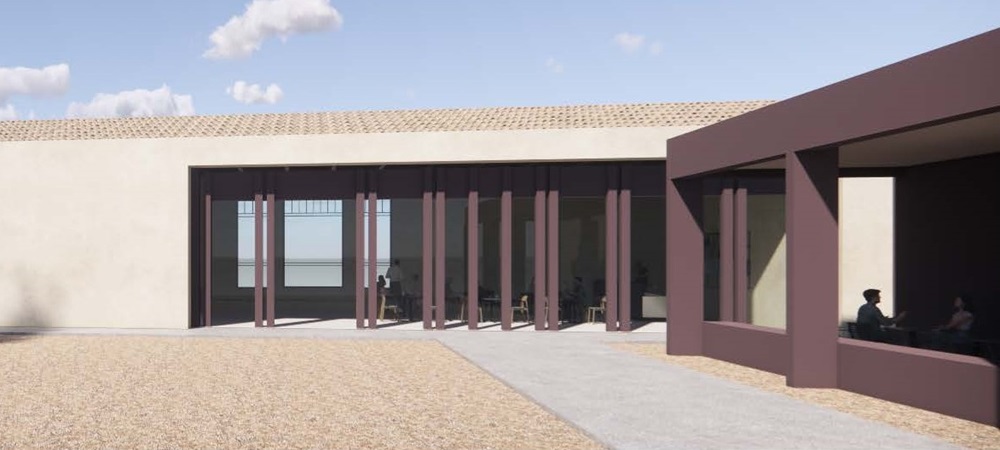
The Ministry of Culture, as part of its policy to upgrade the services provided to visitors to the archaeological sites of Athens and to enhance their experience, is proceeding with the creation of a new entrance/exit gate of Kerameikos, on Agion Asomaton Street, opposite Dipylou Street.
In place of the semi-rendered buildings, which have been expropriated by the Ministry of Culture, the multifunctional complex is created, in which public service functions are combined that, until today, were absent from Kerameikos: A café-restaurant, an autonomous shop, a special area for lectures, educational programmes and exhibitions, new sanitary facilities. The building, with an area of 240 square metres, is designed to provide optimal service to visitors with mobility difficulties.
The current circular route of the visit, with the entrance and exit on the pavement of Ermou, will no longer be a one-way street. A new pole of interest is created at the eastern boundary of the archaeological site, where the cemetery of the Roman period, unknown to many, is located. According to the study, which received the positive opinion of the Central Archaeological Council, some of the most important funerary monuments of Kerameikos in Roman times, such as the eerie sarcophagus of Philotera, made of Pendulum marble, will be on display to the public in the new location.
Concurrently, the ability to operate the new facilities independently of the archaeological site’s opening hours, the widening of the pavement of Agion Asomaton Street, with the relocation of the bus stop, the interconnection of Kerameikos through the new gate with nearby points of cultural interest, such as e.g. the Public Signal, the Ancient Agora, the Benaki Museum of Islamic Art, upgrade the urban fabric at this particular point of the historical centre, forming a modern cultural landmark compatible and worthy of the archaeological site of Kerameikos and its importance.

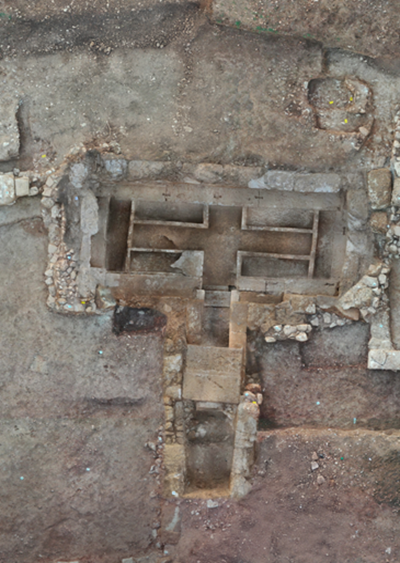
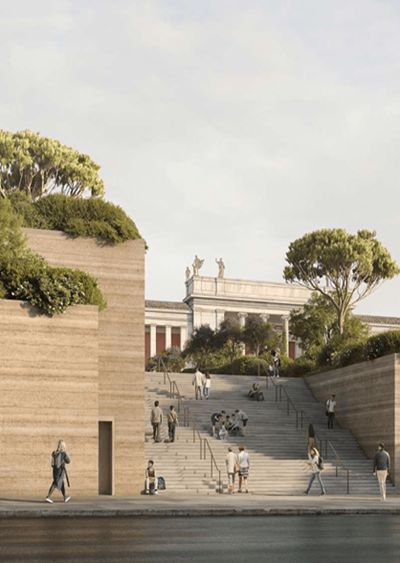
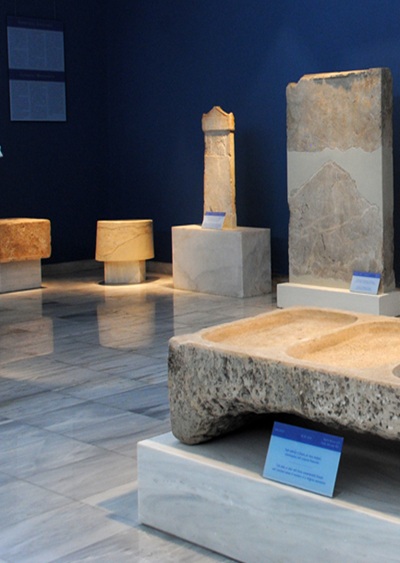
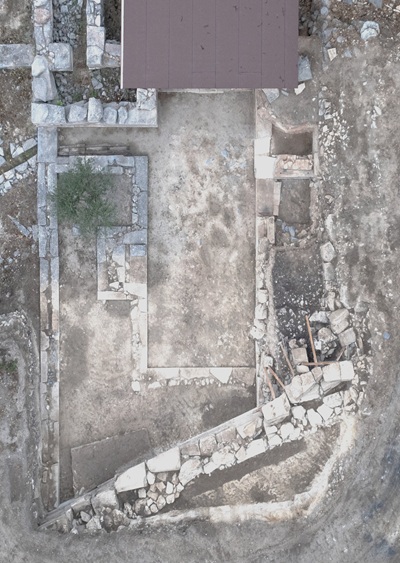


Leave A Comment